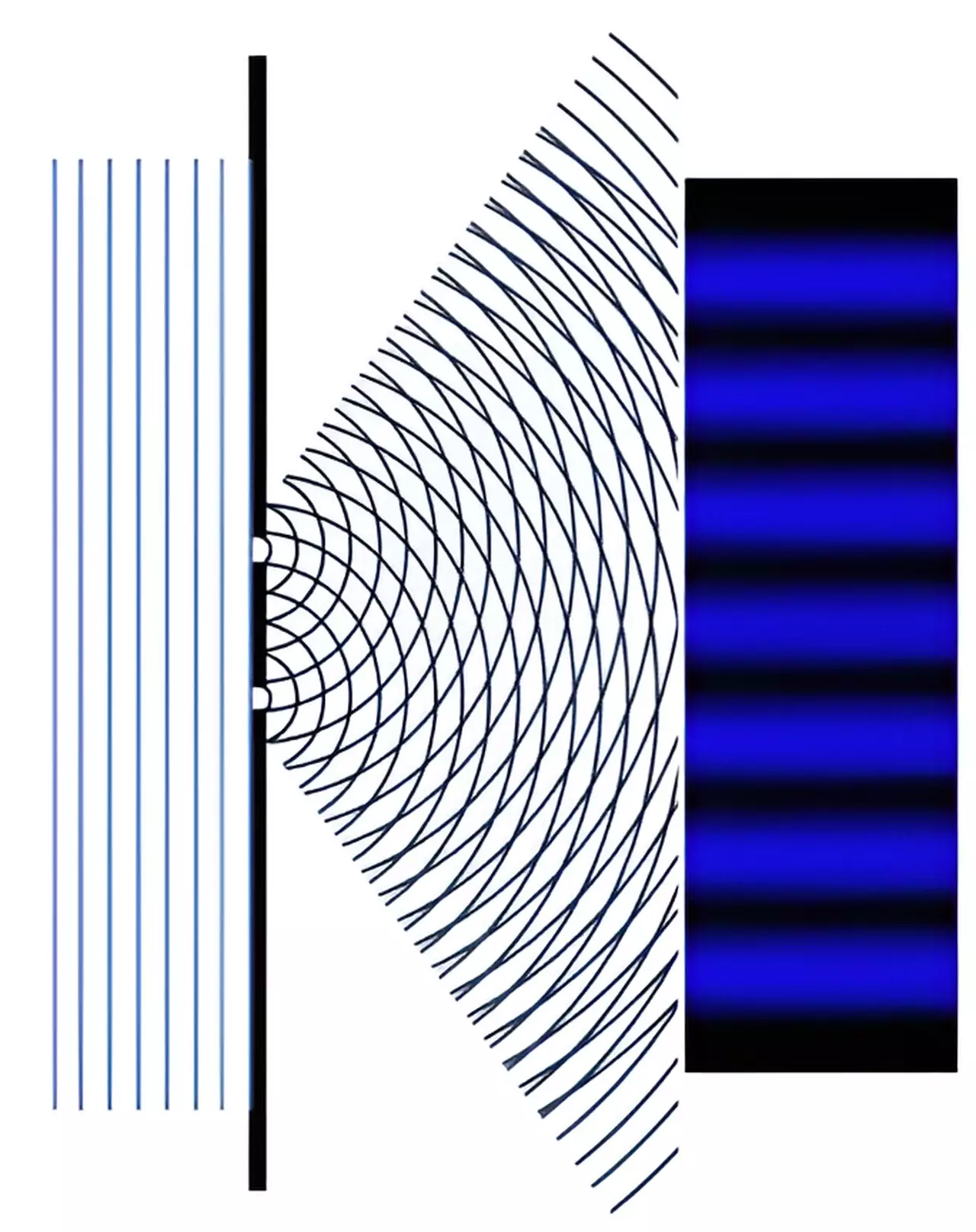Quantum computing stands at the forefront of technological innovation, yet the ambition to develop a topological quantum computer remains largely theoretical. This advanced computing paradigm promises unparalleled stability and efficiency, primarily due to its reliance on a unique kind of qubit known as Majorana fermions. Recent groundbreaking research has unveiled intriguing possibilities for realizing these elusive particles, thereby reigniting interest in the field and setting the stage for potential breakthroughs in quantum computation.
In order to understand the significance of Majorana fermions, it’s essential to grasp their role as topological qubits in quantum computing. Unlike traditional qubits, which are often prone to error due to their sensitivity to environmental disturbances, Majorana fermions exhibit remarkable stability. This robustness stems from their topological nature, making them less susceptible to noise, which can derail conventional computational processes. The recent work carried out by researchers at University College Dublin and the Indian Institute of Technology holds promise for creating conditions where Majorana fermions can be observed and manipulated within nanoscopic electronic circuits.
A key aspect of this research emphasizes how quantum mechanics governs behavior at the nano-scale, where electrons can exhibit behaviors that defy classical intuition. Professor Andrew Mitchell and Dr. Sudeshna Sen’s pioneering work illustrates that electron interactions can lead to intriguing phenomena, such as “split electrons,” which mimic the behavior of half electrons. These theoretical constructs could serve as the cornerstone for realizing topological qubits, integral to the functioning of a topological quantum computer.
The heart of the discovery lies in the phenomenon of quantum interference, which operates beneath the surface in nanoelectronic circuits. When electrons traverse pathways designed to enact quantum interference, they can become entangled, leading to states that resemble the existence of split electrons. This phenomenon becomes particularly pronounced in systems where electrons are closely packed, prompting them to repel one another. The resulting interactions influence the paths the electrons can take, thereby altering traditional expectations of current flow.
In these circuits, electron behavior is remarkably akin to the principles illustrated by the famous double-slit experiment. In this classic quantum mechanics setup, electrons pass through two narrow openings, creating an interference pattern on a detection screen. This suggests that each electron is capable of traversing both openings simultaneously, showcasing its wave-like nature. The extensions of this concept into nanoelectronics reveal profound insights into how electrons interact at microscopic scales and the potential for utilizing these interactions to enhance computational power.
Despite the promising nature of these findings, the journey toward realizing topological quantum computing remains fraught with challenges. While the theoretical framework for creating Majorana fermions is becoming clearer, experimental validation and practical implementation are crucial next steps. Establishing precise conditions within nanoelectronic circuits that give rise to these exotic particles is no small feat and will require meticulous engineering and innovative experimental designs.
Moreover, even if Majorana fermions can be generated, the task of manipulating them for practical computing applications is another formidable challenge. This manipulation involves delicately balancing quantum states while preserving the stability that is the hallmark of topological qubits. The successful transition from theoretical speculation to practical application will necessitate collaboration across various fields, including materials science, engineering, and quantum physics.
As the landscape of quantum computing continues to evolve, the quest for topological quantum computers could define the next chapter in computational technology. Achieving the stability and power promised by Majorana fermions may pave the way for breakthroughs in various sectors, from cryptography to drug discovery. While the practical implications of such technology remain speculative at this stage, the foundational research led by Professor Mitchell and Dr. Sen indicates we may be on the precipice of significant advancements in quantum mechanics.
The revelations concerning Majorana fermions and their potential to shape the future of quantum computing illustrate the innovative spirit driving scientific inquiry. As efforts continue to be devoted to unlocking the mysteries of quantum behavior, the integration of these fascinating particles into computational paradigms holds the potential to revolutionize the fields of computing and information technology. The road ahead may be challenging, but it is undoubtedly filled with opportunities for discovery and advancement.


Leave a Reply